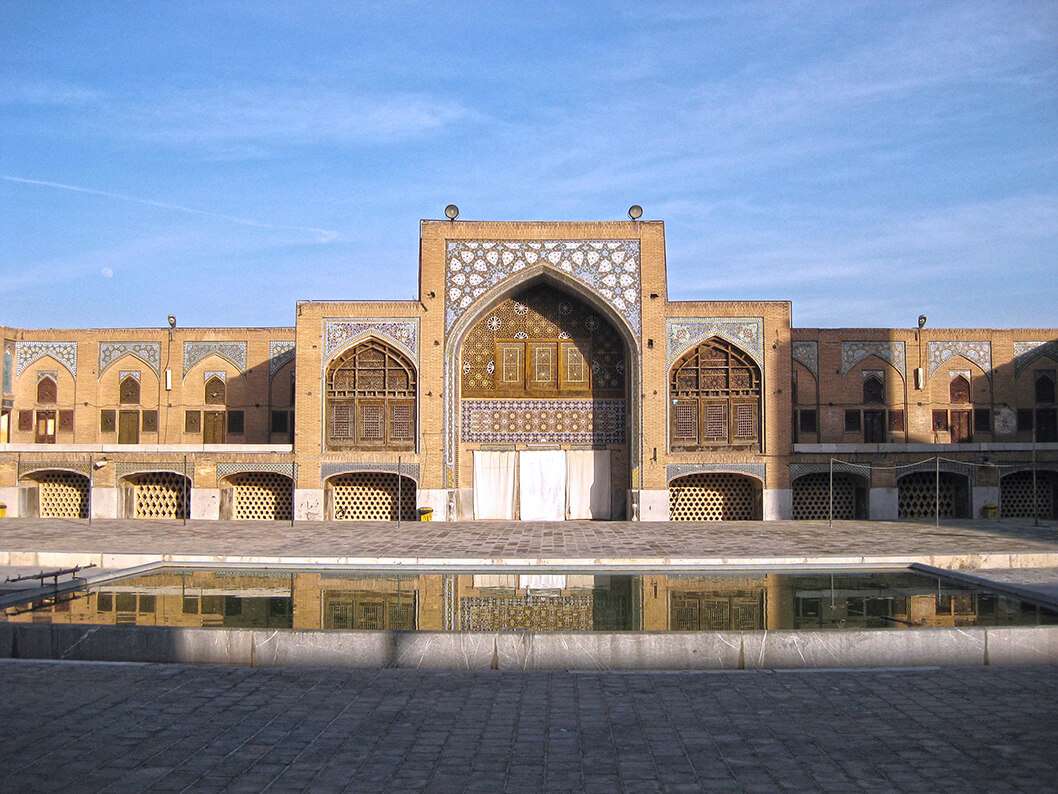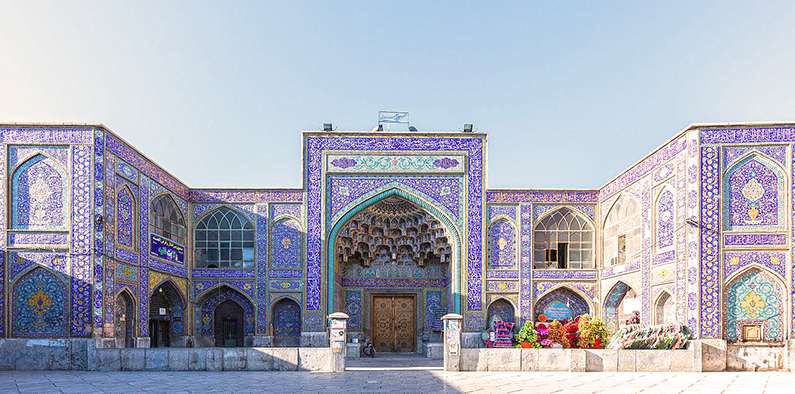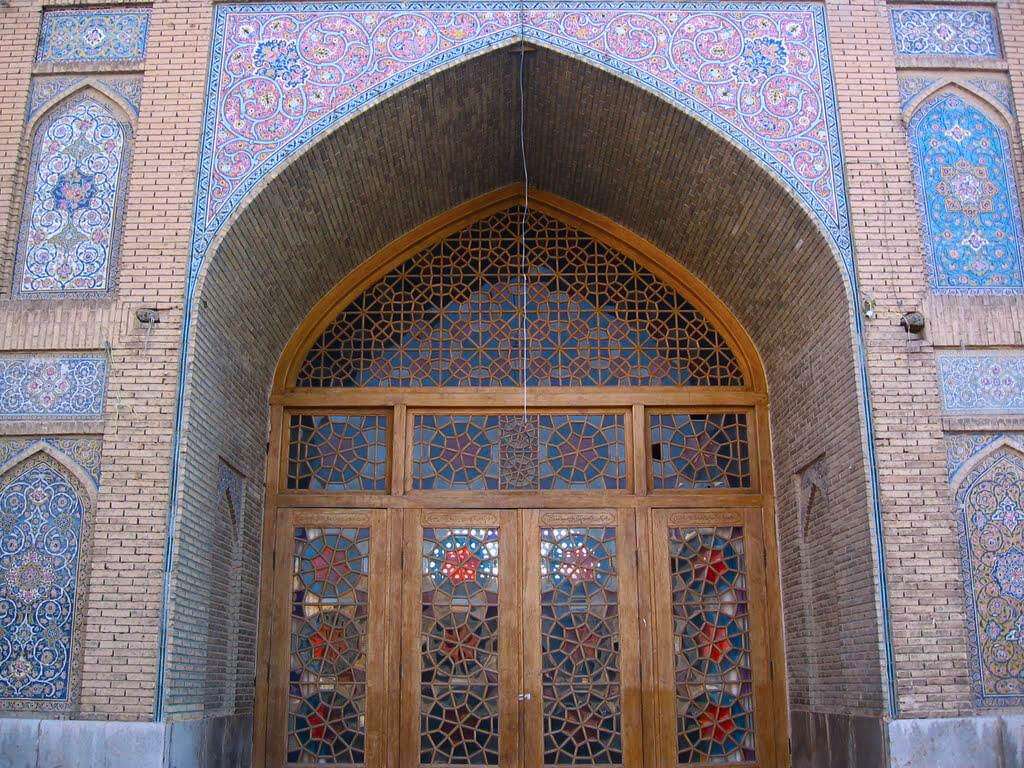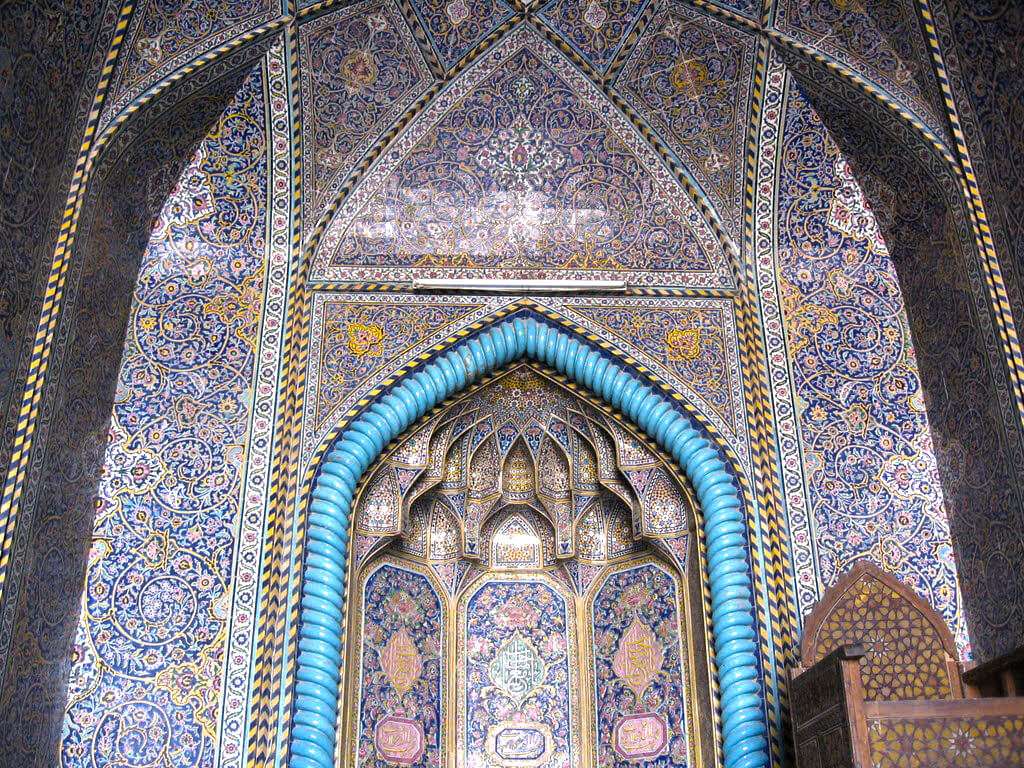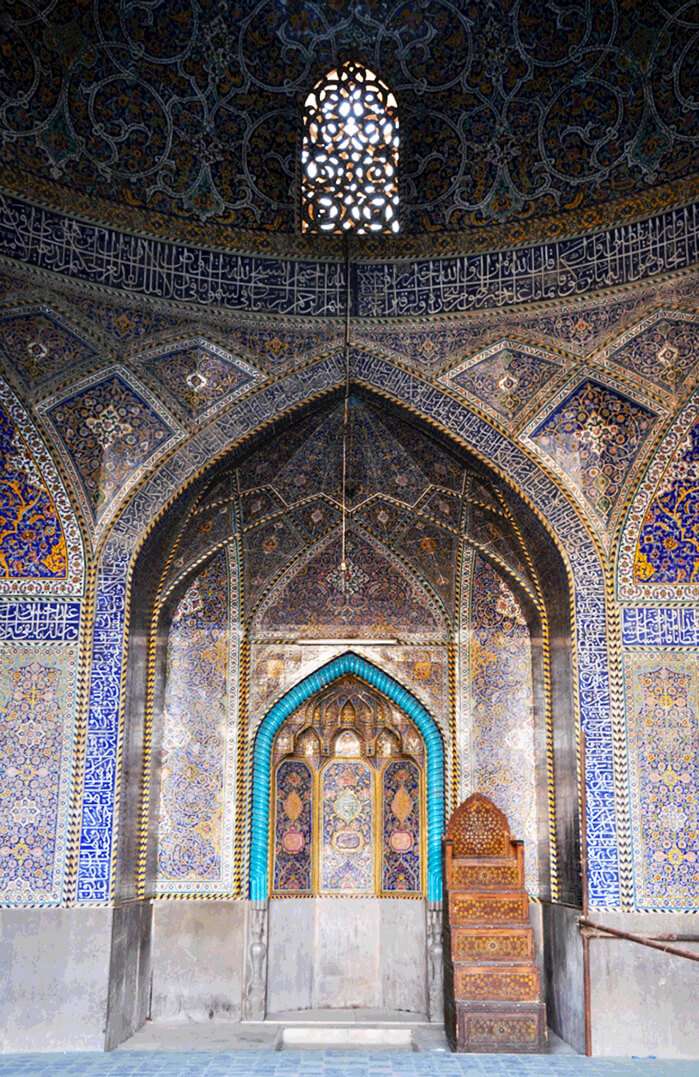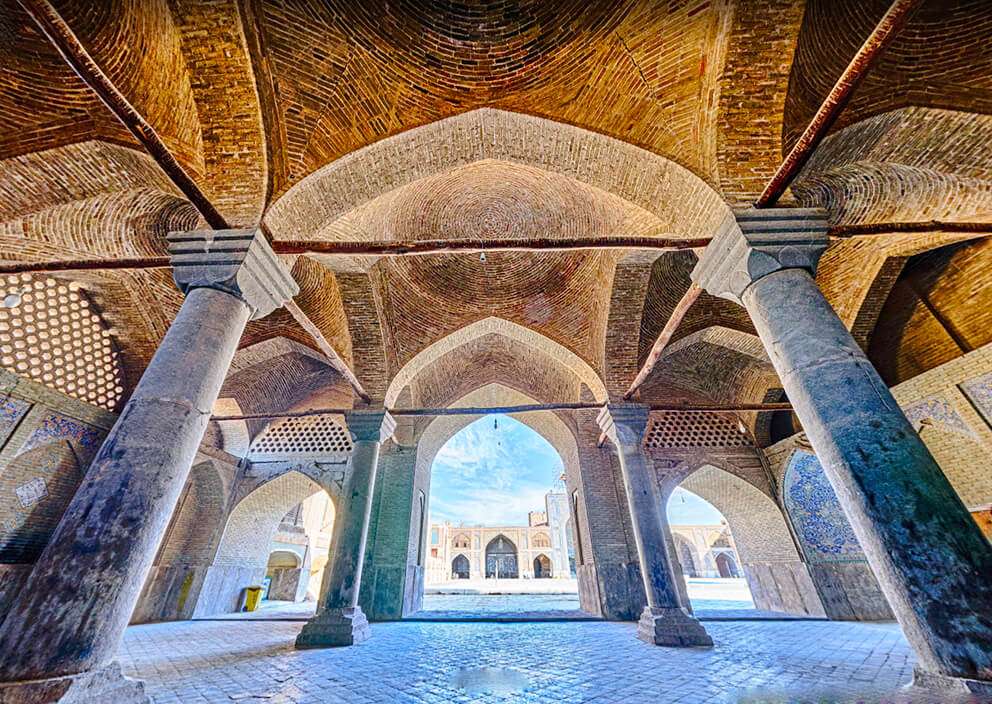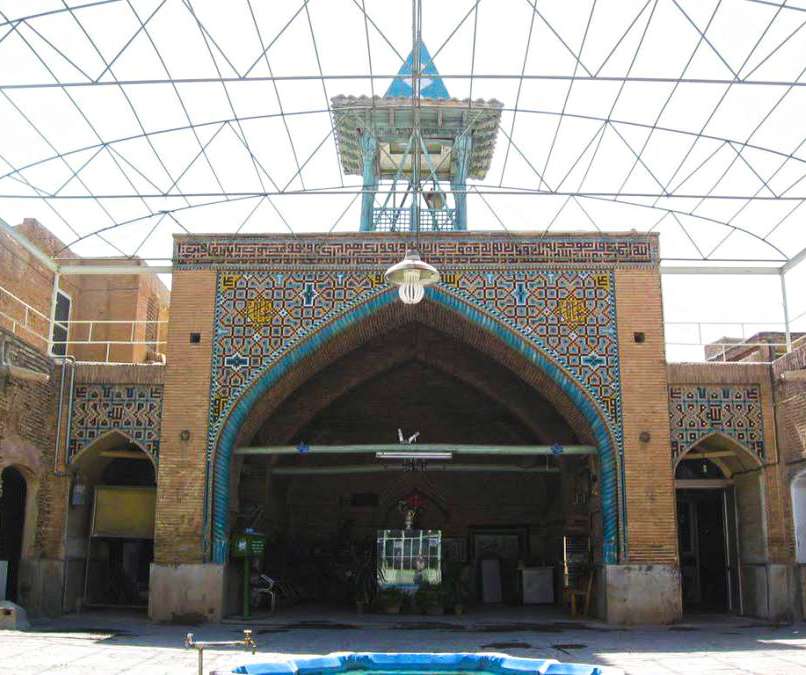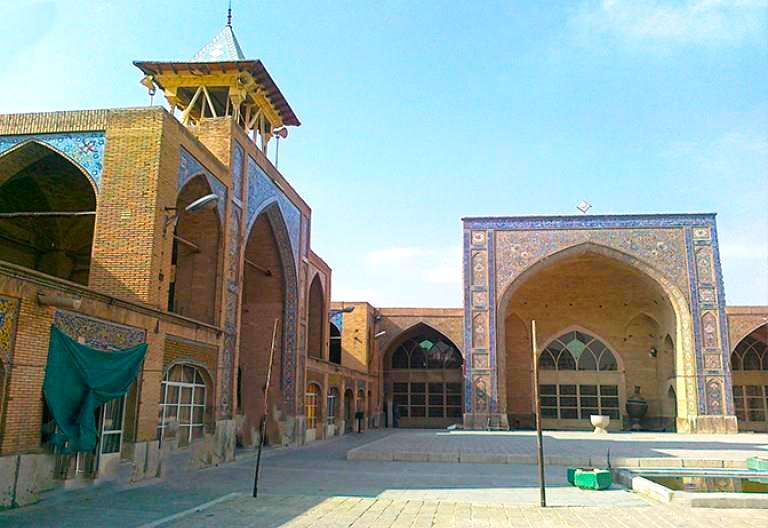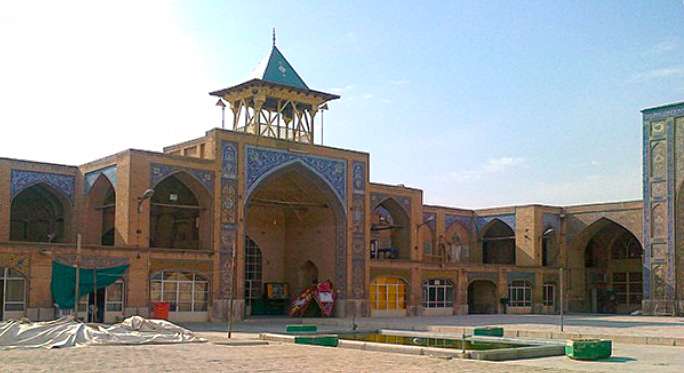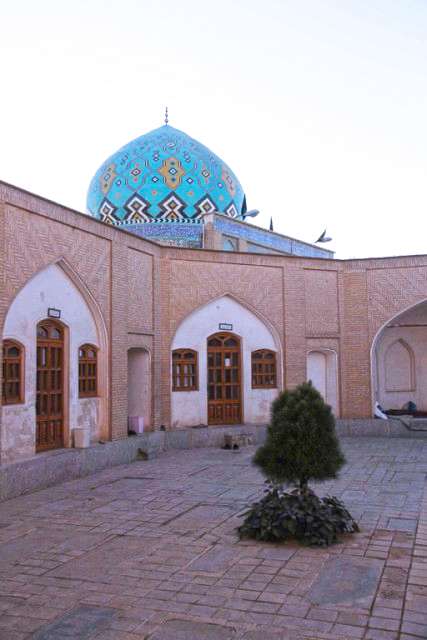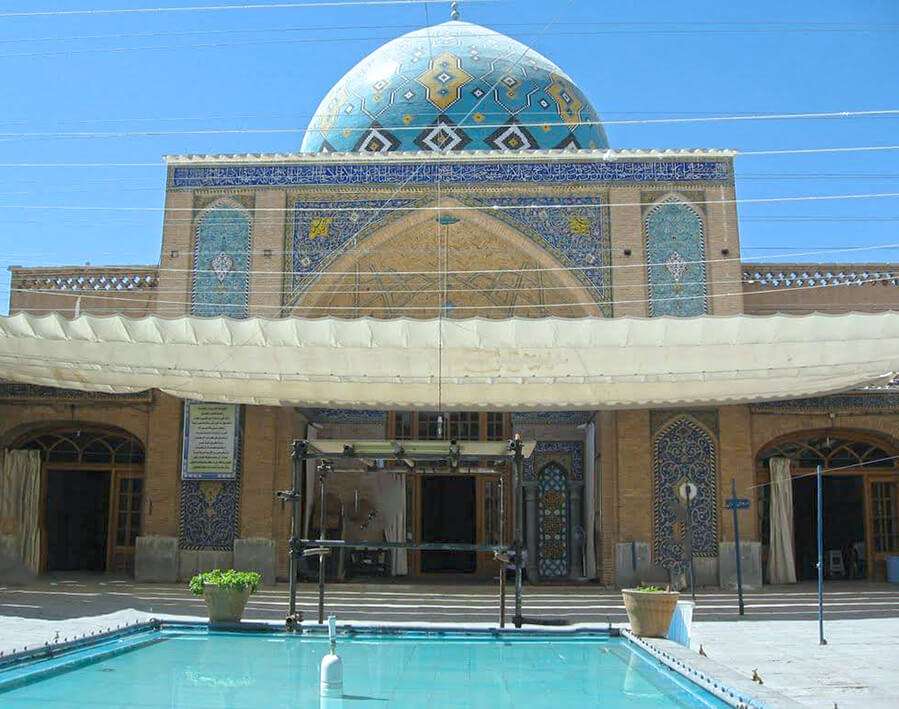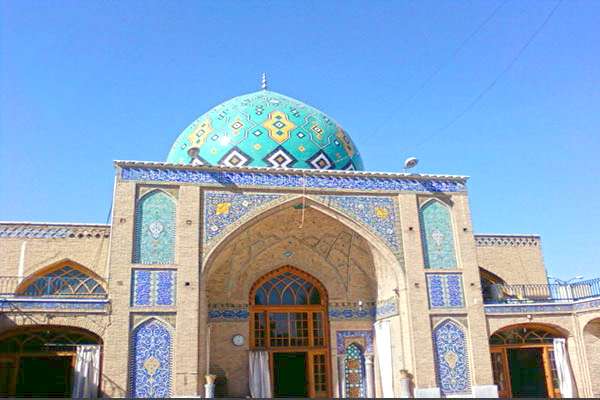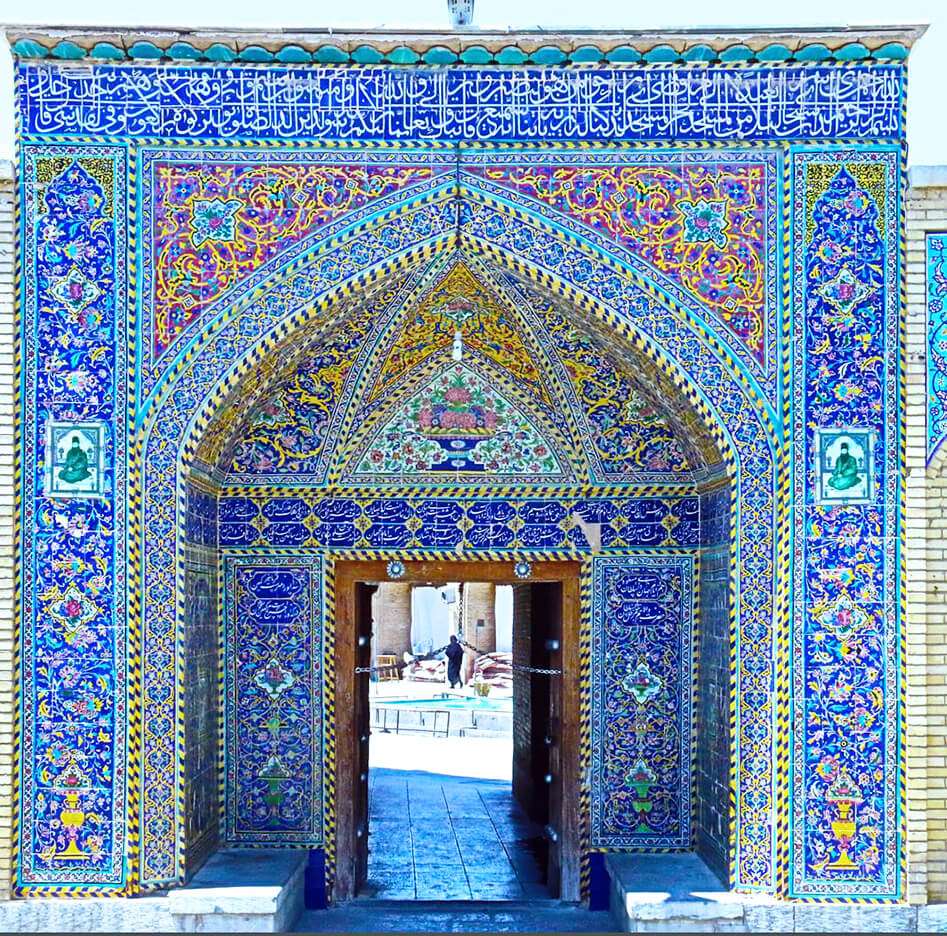Fall in Love With the Tile Art Design of Mosques in Isfahan
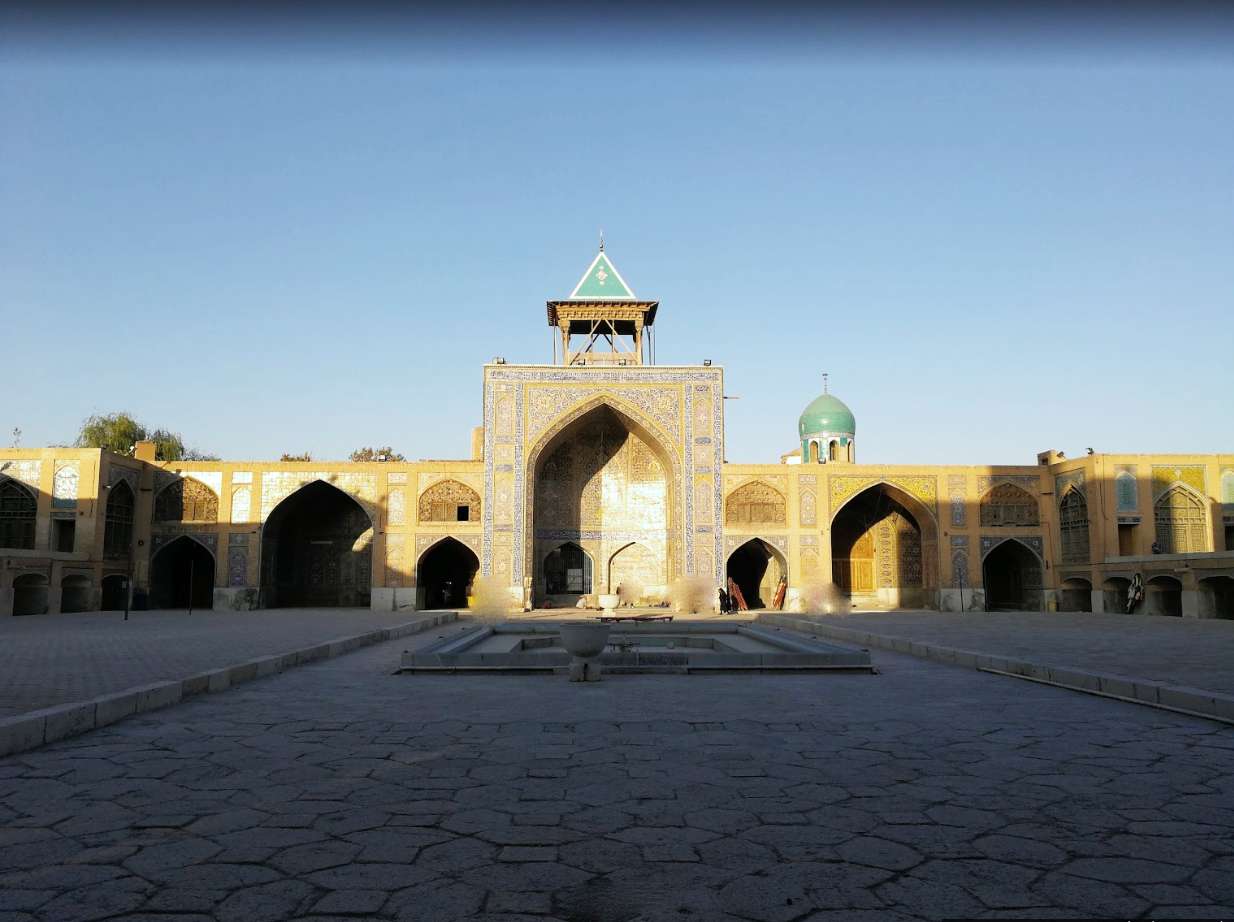
- ThemeArchitecture/ Religious and Epic
- CodeIRRS35
- Duration2 hr(s)
- Best TimeSPRING | AUTUMN
Visiting the magnificent mosques which are the masterpieces of Qajar era in Isfahan;
Visiting the 19th-century mosque and school adjacent to the historical cemetery of Takht-e Foulad.
Photos of the Fall in Love With the Tile Art Design of Mosques in Isfahan
Explore The Route
The Flower and Birds on Pink Tiles
Isfahan, thanks to its geographical position, fertile soil and abundant water resources coupled with the glorious heritage of preceding periods, has always been an important, strategic city of Iran. Although Tehran, as the capital of the Qajars, is replete with Qajarid buildings, Isfahan of the Qajar epoch is considered as the golden era of magnificent houses and mosques. The architectural features of the Qajar period were partly a continuation of Safavid traditions and partly an imitation of Western styles. The mosques in this route, Seyed Mosque, Rahim Khan Mosque and Rokn Al Molk Mosque partly portray the art and architecture of this era.
Highlights
Duration : 30 mins
Point Type: STARTING
(Masjed Seyed)
Seyyed mosque, a 19th –century religious building with an area of 8075 square meters, is located on a street with the same name. Historical accounts maintain that the land of the mosque was bought in the Safavid era, during the reign of Shah Sultan Hossein, but its construction was kept on hold because of the Afghans’ invasion. Later, during the reign of Mohammad Shah Qajar, the mosque was commissioned by Hojjat al-eslam Shafti, a Qajarid wealthy religious figure. The construction started in 1825 and the whole process of constructing and decorating took 130 years. This is the fourth congregational mosque and the most...
Duration : 30 mins
Point Type: STOP OVER
Rahim Khan mosque is one of the biggest mosques in Isfahan, dating back to the Qajarid era. The construction of this four-porch (ayvan) mosque started in 1873, and completed in 1887. The mosque was built by several founders. The first one was Mohammad Hassan Mojtahed Isfahani. Then, the construction of the mosque continued by Mohammad Rahim Khan Biglar Beigi, and his two brothers Mohammad Karim Khan and Mohammad Hossein Khan. It is believed that Mohammad Rahim Khan Biglar Beigi, the person after whom the mosque is named, is buried in this mosque. During his life, Rahim Khan commissioned other buildings in 4 MIN(S) BY DRIVING
Duration : 1 hr(s)
Point Type: ENDING
The 20th-century mosque of Rokn al-Molk is located on the edge of the historical cemetery of Takht-e Foulad. It dates back to the reign of Mozaffar al-Din Shah Qajar and it is commissioned by Rokn al-Molk, the vice-governor of Zell al-Soltan. It is recorded that the construction of the mosque had been started in 1901, and finished in 1906. The mosque also comprises the resting place of Rokn al-Molk and a cistern.
The mosque is mostly distinguished by its exquisite tiles with the patterns of birds and flowers and the use of pink color, drawing a line of similarity with Important Information
Cost Info
Things To Do In Isfahan
Tours In Isfahan
Related Routes
